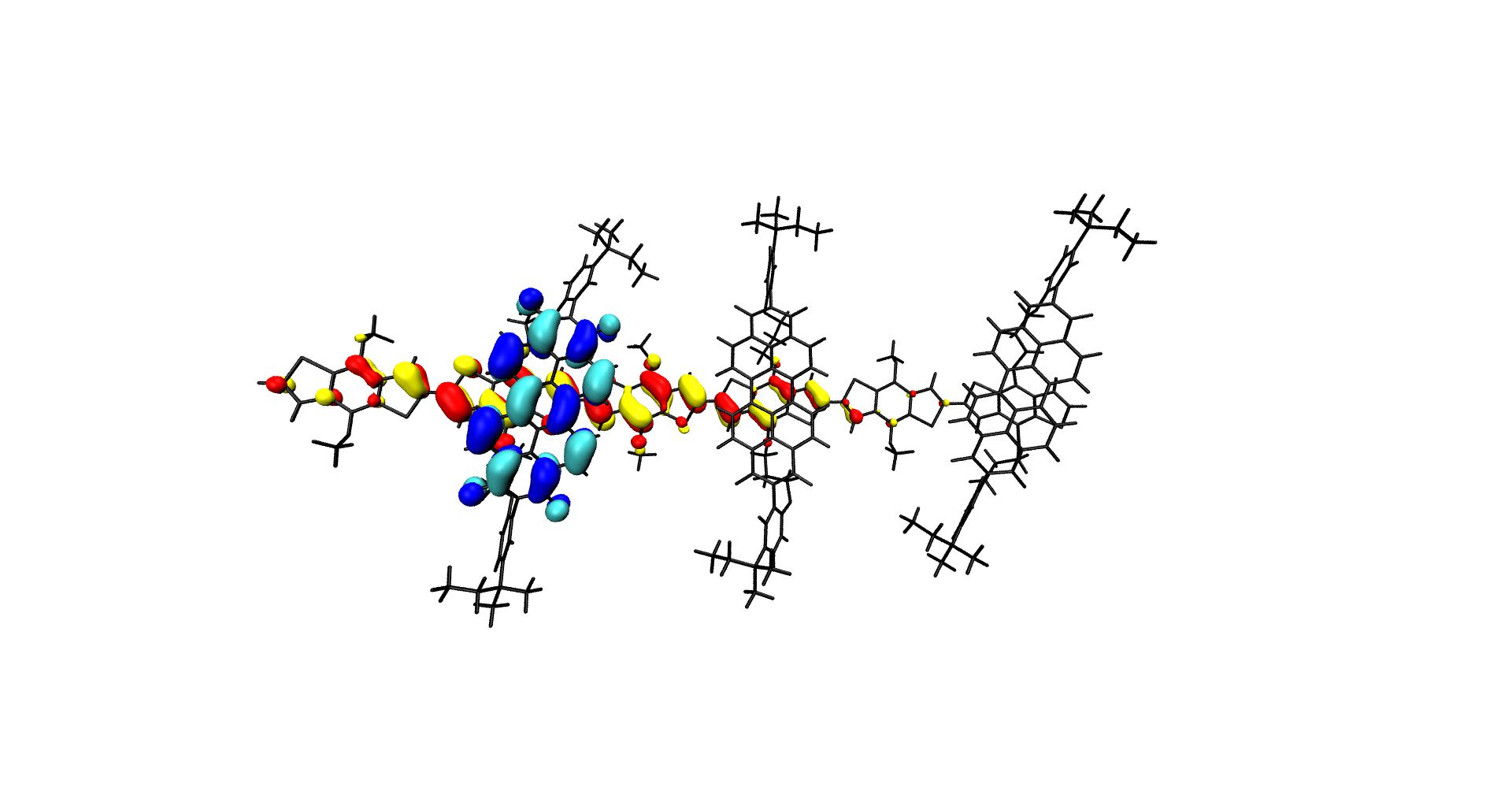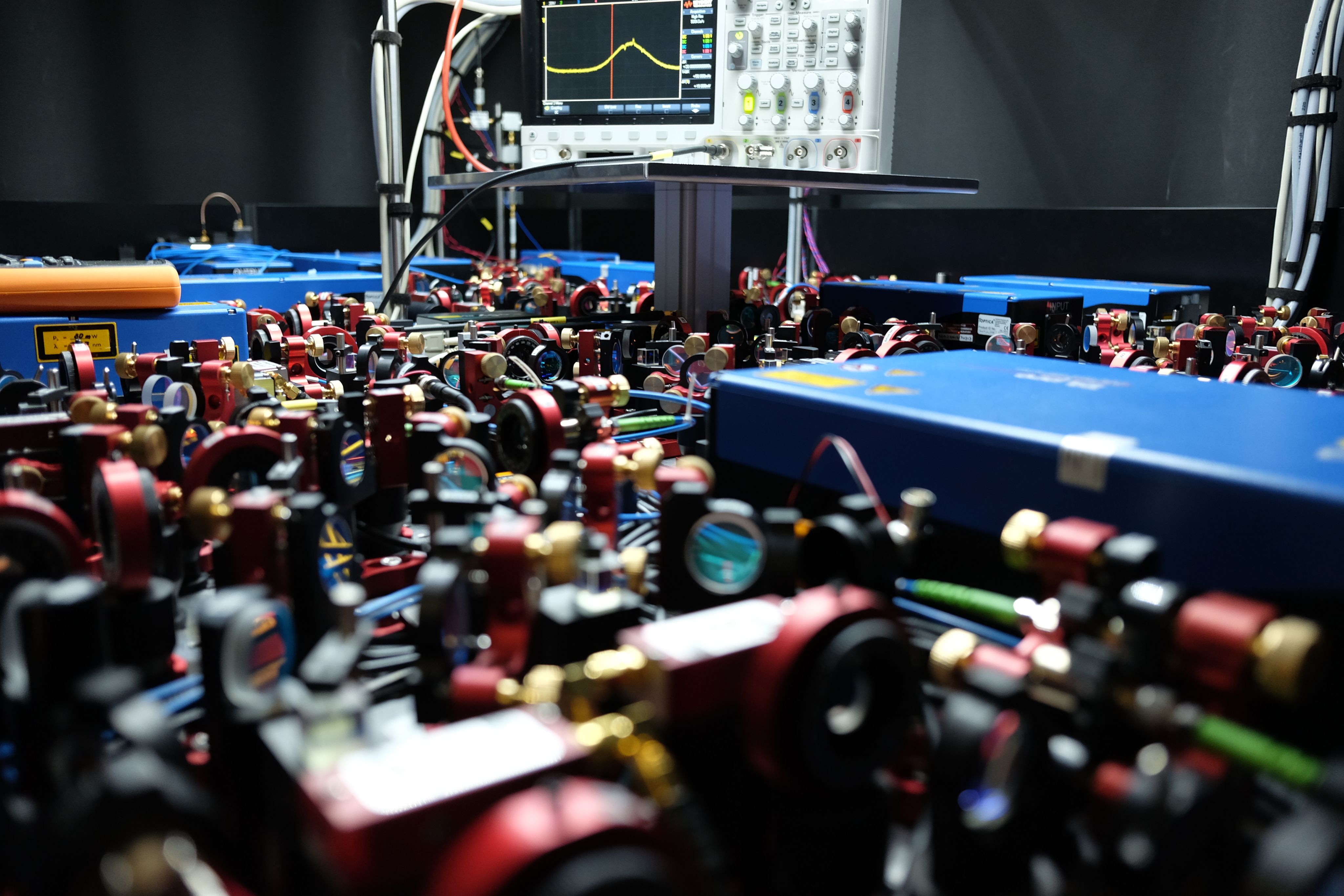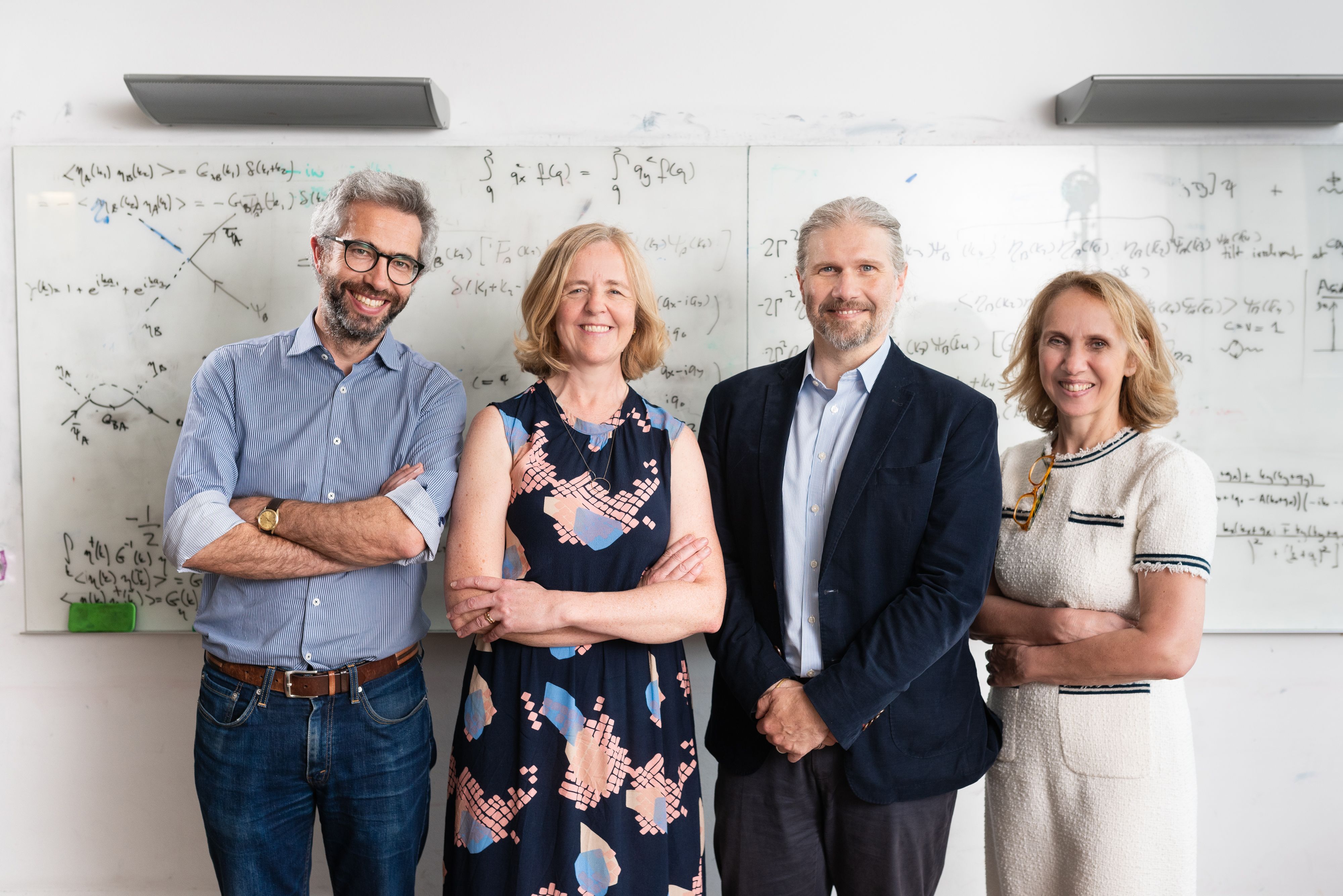Sound and vision
How photoacoustics could transform cancer detection and monitoring
Cambridge physicists, led by Sarah Bohndiek are developing devices that go beyond the visible spectrum for cancer detection. Photoacoustic imaging captures ultrasound produced when light is absorbed by matter and heats up. This approach is especially valuable for measuring blood oxygen levels – a key indicator for cancers, which often have lower oxygen levels.
However, there is a challenge: it doesn’t work as well on darker skin tones due to melanin absorbing light, leading to inaccurate readings and lower-quality images and potentially causing misinterpretation of scans. To tackle this, Bohndiek and her team at the VISION Lab are trying to improve the technology to ensure it’s effective for all skin tones.
Research news
Research news
Sound and vision
How photoacoustics could transform cancer detection and monitoring
Cambridge physicists, led by Sarah Bohndiek are developing devices that go beyond the visible spectrum for cancer detection. Photoacoustic imaging captures ultrasound produced when light is absorbed by matter and heats up. This approach is especially valuable for measuring blood oxygen levels – a key indicator for cancers, which often have lower oxygen levels.
However, there is a challenge: it doesn’t work as well on darker skin tones due to melanin absorbing light, leading to inaccurate readings and lower-quality images and potentially causing misinterpretation of scans. To tackle this, Bohndiek and her team at the VISION Lab are trying to improve the technology to ensure it’s effective for all skin tones.
Better arranged molecules improve solar panel efficiency
A study published in Nature Chemistry by Hugo Bronstein and colleagues from Imperial College and Queen Mary University reveals that varying molecular arrangements in organic solar cells can enhance light absorption, potentially leading to better and cheaper solar panels. While organic solar cells are lightweight, flexible, and cost-effective, their efficiency has traditionally lagged behind silicon-based cells due to their complex molecular structures. The researchers have developed new model interfaces to study these structures in detail, demonstrating that their arrangement significantly affects electric charge separation, a key factor for improving solar cell performance.
Image: Top view of organic model-interface simulation. Credit: Hanbo Yang and Jarvist Frost.

Discovery of a new phase of matter in 2D which defies normal statistical mechanics
Researchers led by Ulrich Schneider have created the first 2D version of a Bose glass, a novel phase of matter that challenges statistical mechanics. In a Bose glass each particle in the system sticks to itself and are localised, not mixing with its neighbours. If coffee was localised, then after stirring in milk the intricate pattern of black and white stripes would remain forever.
The team used overlapping laser beams to create a quasiperiodic pattern – structured like a crystal but non- repeating – into which they introduced ultracold atoms at near absolute zero, leading to the formation of the Bose glass. Their study was published in Nature.
Image: Close-up of a laser table in the lab. Credit: Many-body Quantum Dynamics Lab

Five hubs launched to ensure UK benefits from quantum future
A new research hub called Q-BIOMED led by Cambridge and UCL aims to harness quantum technology for early disease diagnosis and treatment. It is one of five quantum research hubs announced by the government last summer and supported by £160 million in funding.
Co-directed by Mete Atatüre, the hub will exploit advances in quantum sensors capable of detecting cells and molecules with much greater sensitivity than traditional methods. This includes developing portable blood testing instruments to diagnose infectious diseases and cancer quickly and cheaply, and sensors measuring tiny changes in the magnetic fields in the brain that could potentially detect early markers of Alzheimer’s disease.
Cavendish researchers are also participating in three other quantum hubs that will transform sectors such as healthcare, communications and security.
Image: L-R: John Morton (UCL), Rachel McKendry (UCL), Mete Atatüre (Cambridge), Eleni Nastouli (UCL). Credit: James Tye/UCL

Five hubs launched to ensure UK benefits from quantum future
A new research hub called Q-BIOMED led by Cambridge and UCL aims to harness quantum technology for early disease diagnosis and treatment. It is one of five quantum research hubs announced by the government last summer and supported by £160 million in funding.
Co-directed by Mete Atatüre, the hub will exploit advances in quantum sensors capable of detecting cells and molecules with much greater sensitivity than traditional methods. This includes developing portable blood testing instruments to diagnose infectious diseases and cancer quickly and cheaply, and sensors measuring tiny changes in the magnetic fields in the brain that could potentially detect early markers of Alzheimer’s disease.
Cavendish researchers are also participating in three other quantum hubs that will transform sectors such as healthcare, communications and security.
Image: L-R: John Morton (UCL), Rachel McKendry (UCL), Mete Atatüre (Cambridge), Eleni Nastouli (UCL). Credit: James Tye/UCL

Find more information about this research and many more news articles on our website: phy.cam.ac.uk